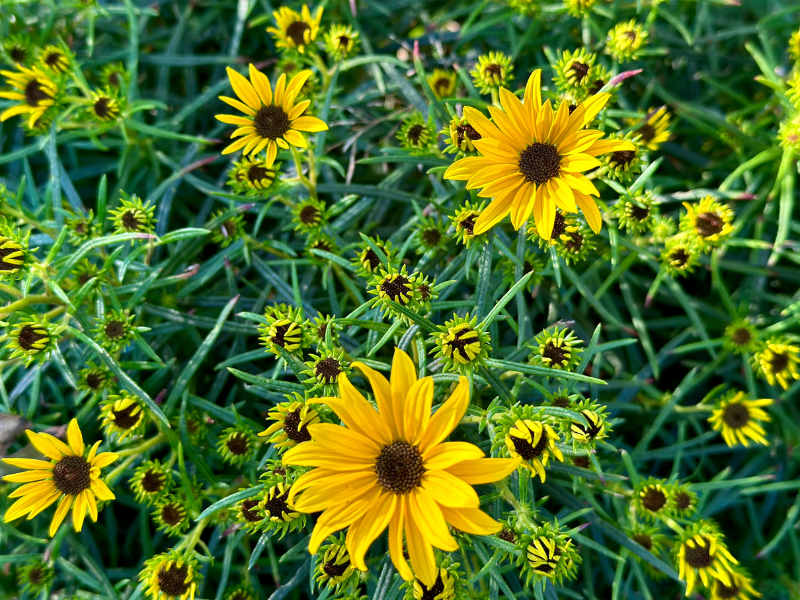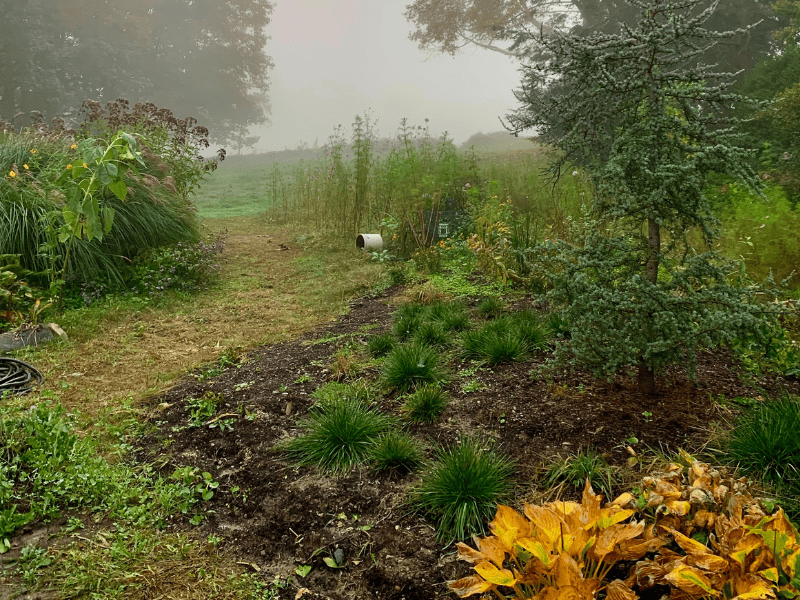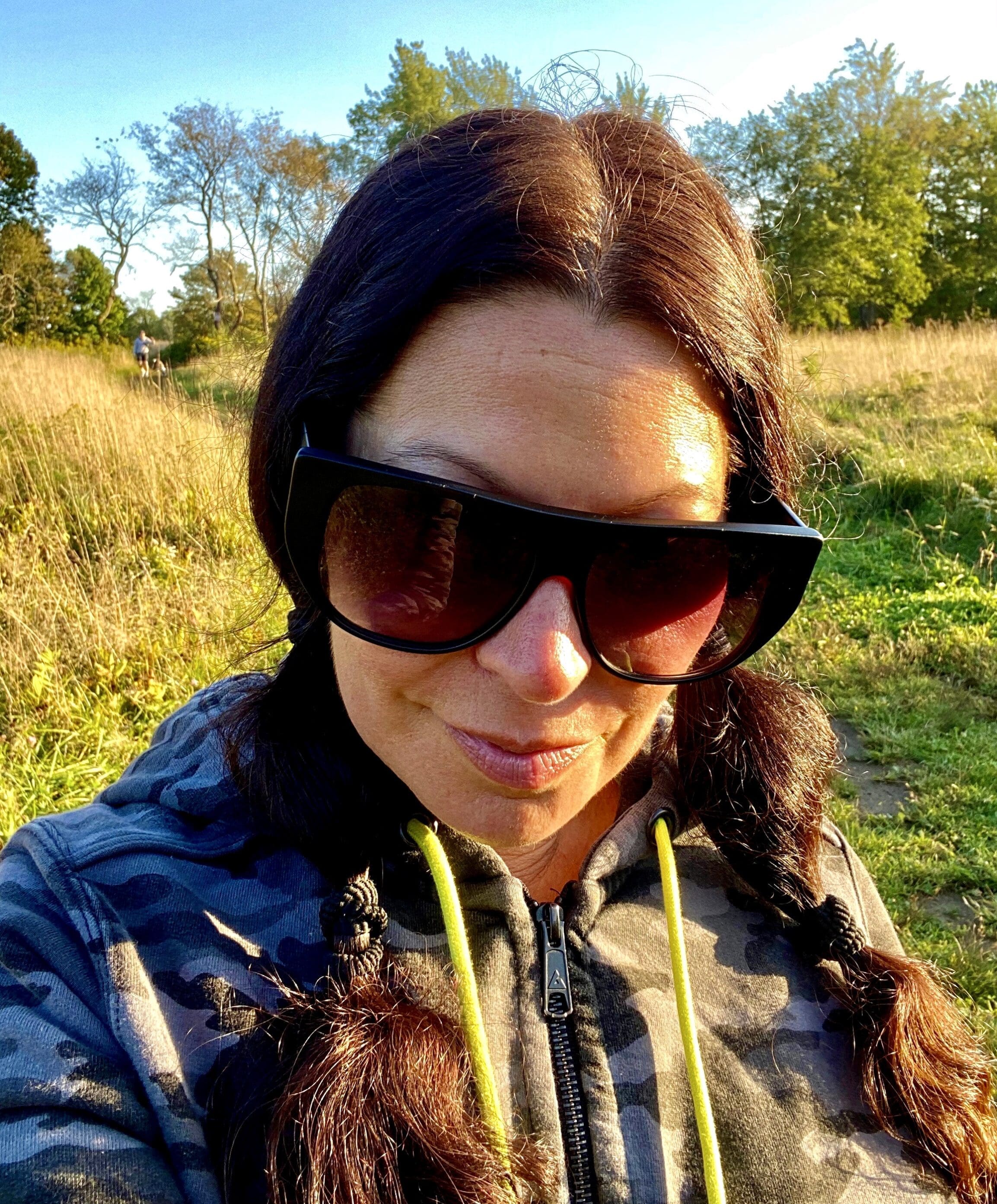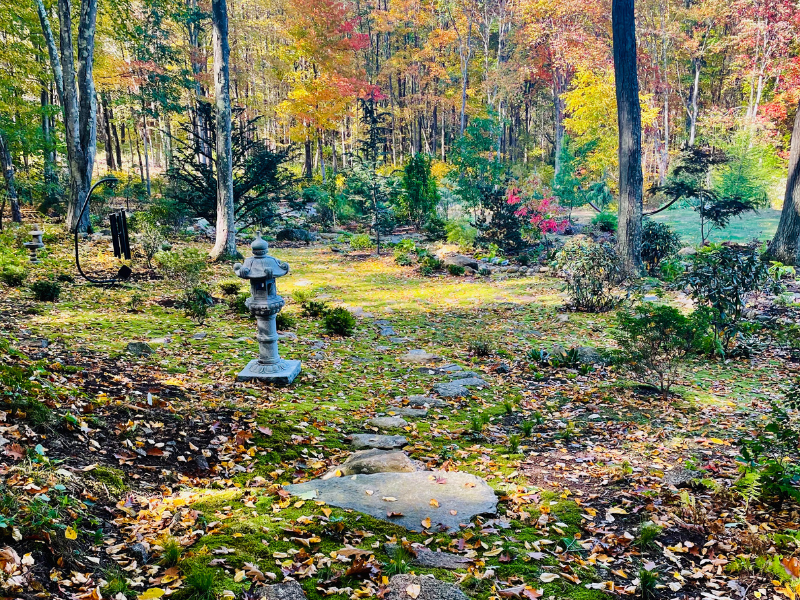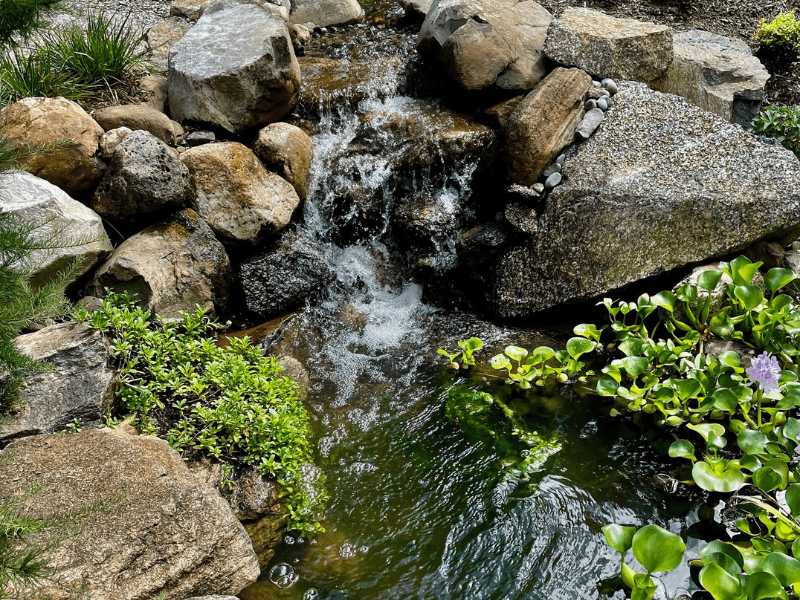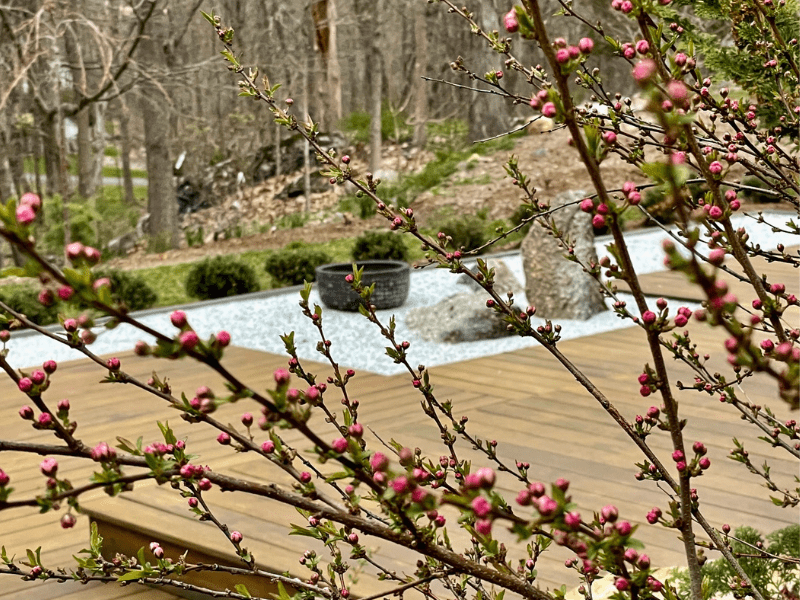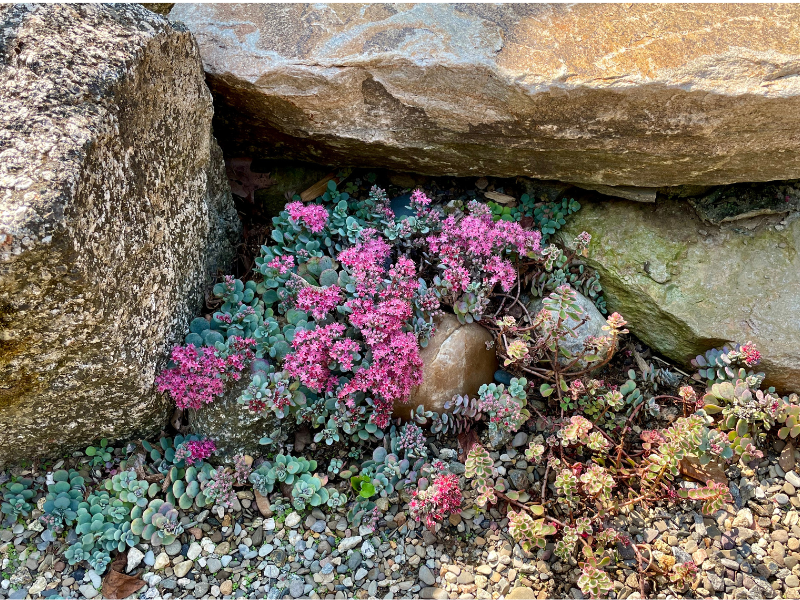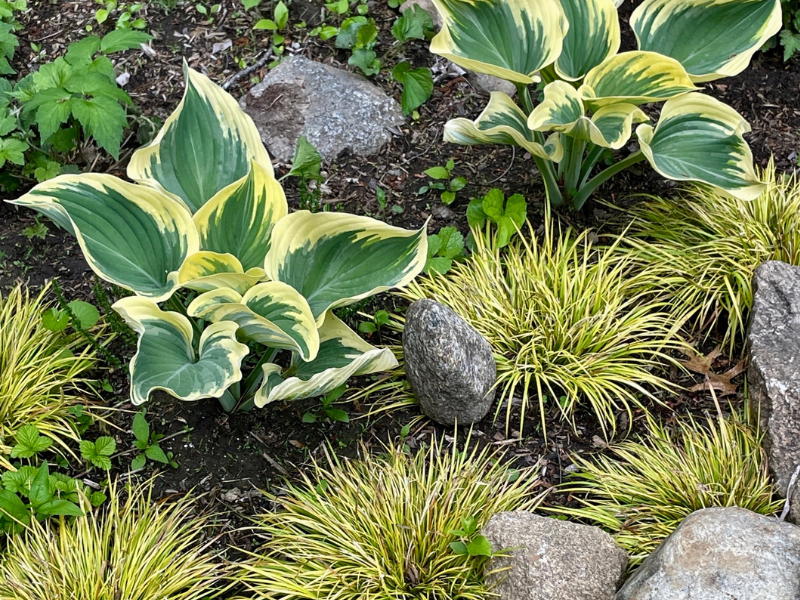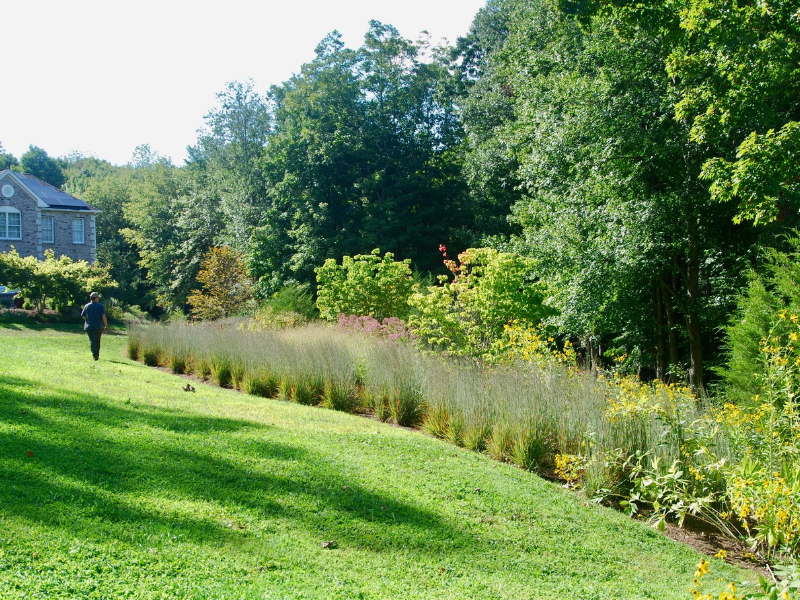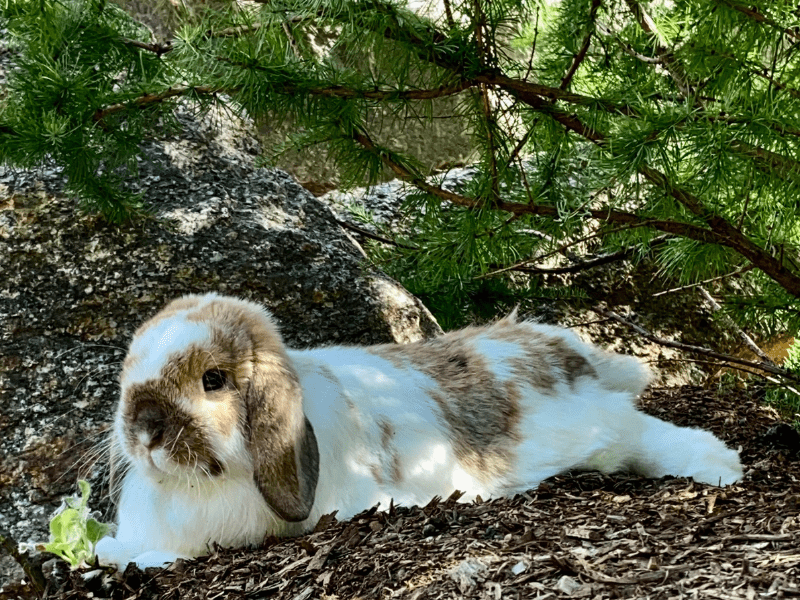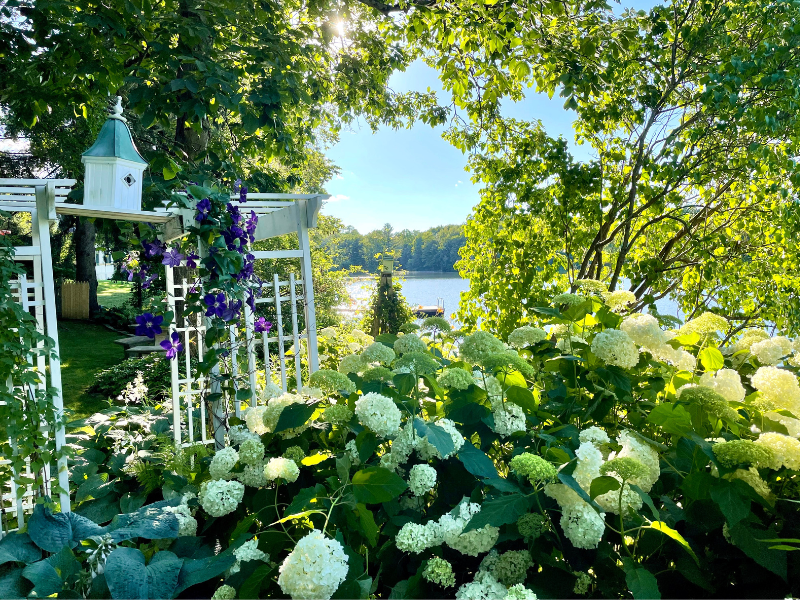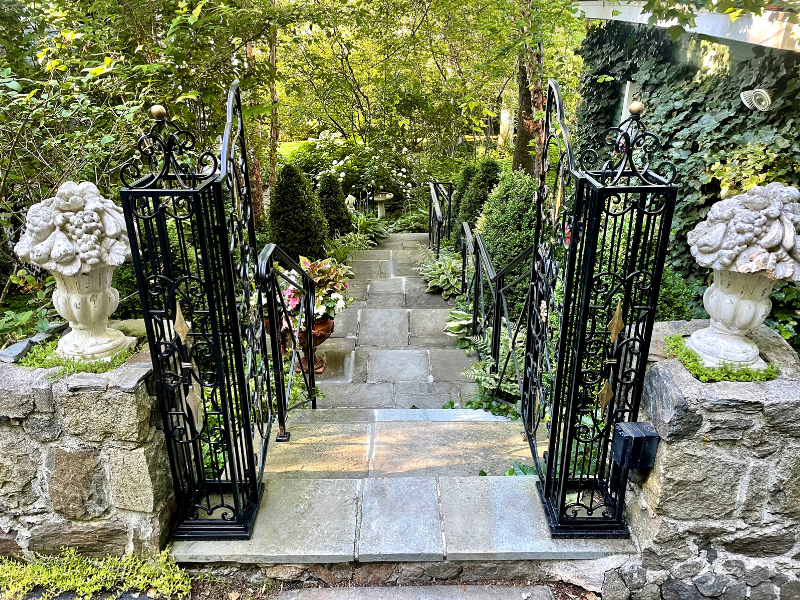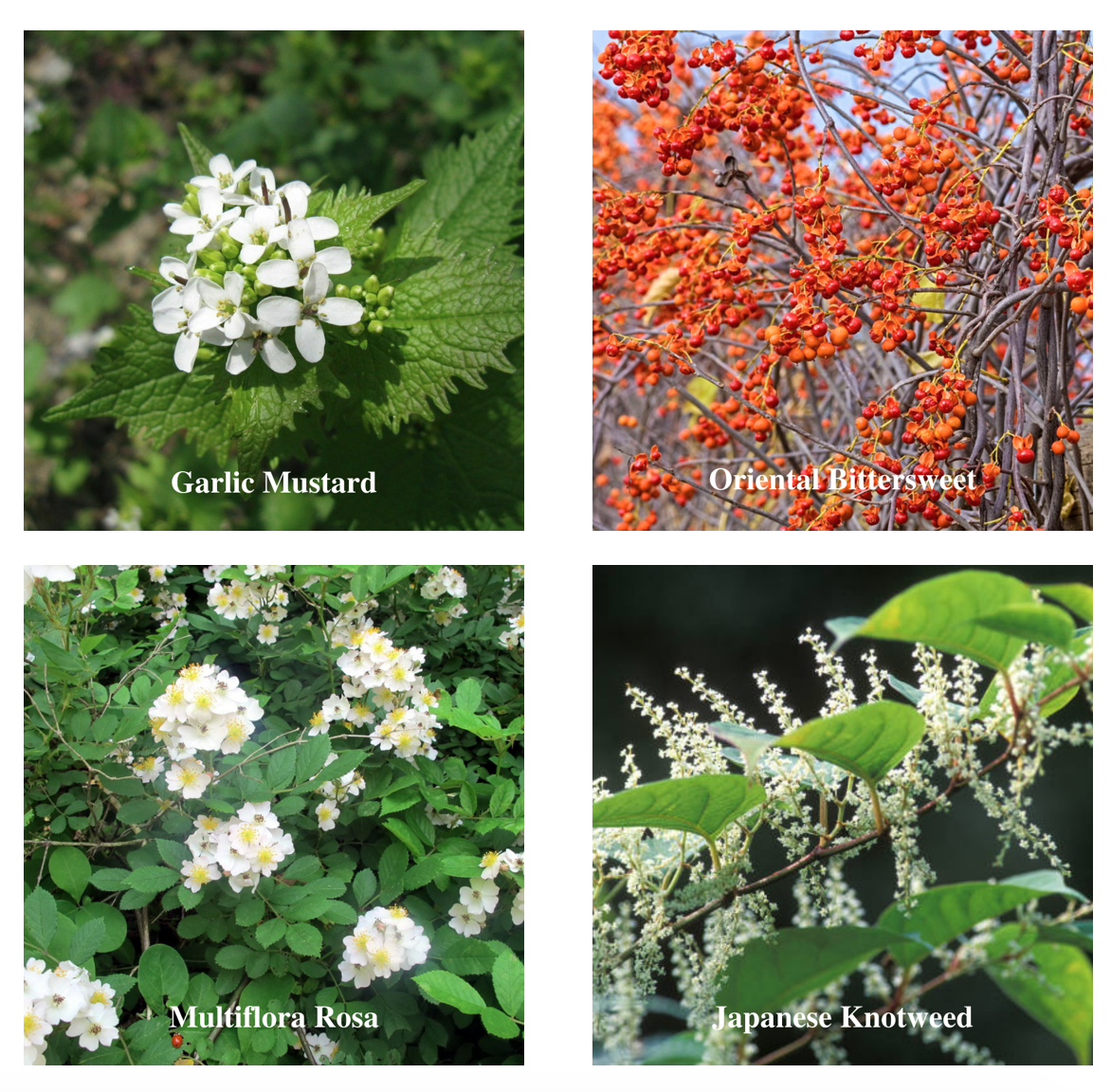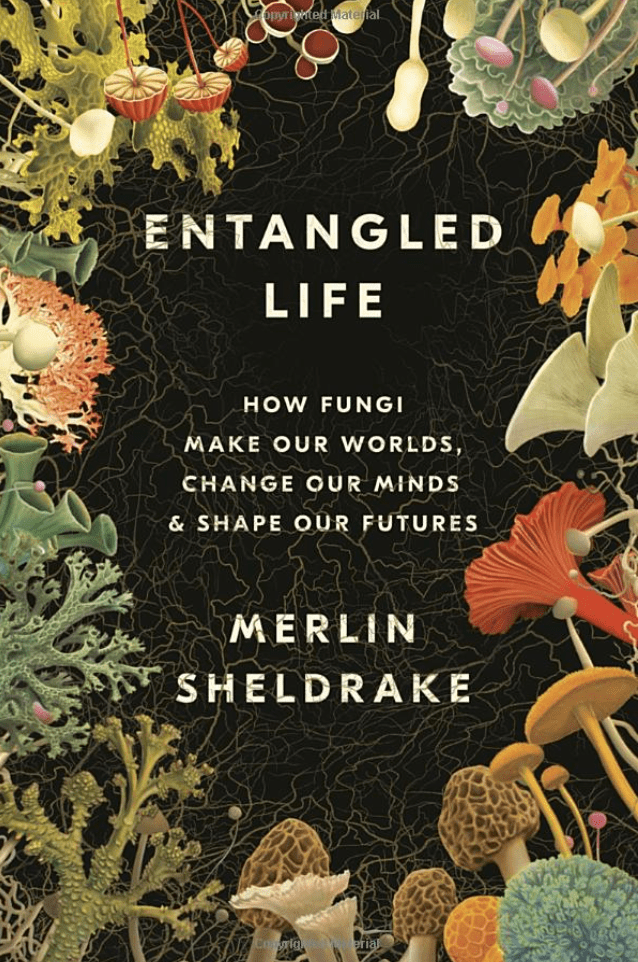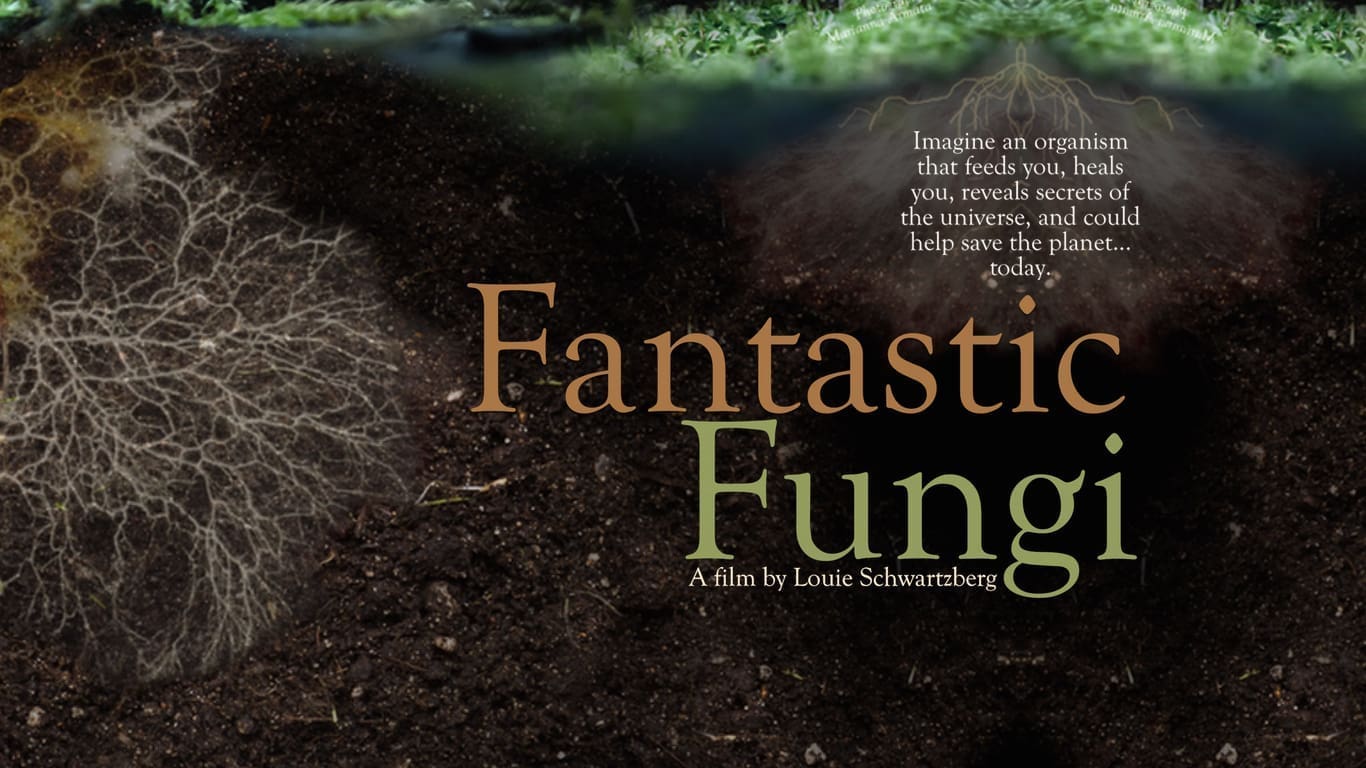
A young, rewilded property – Newtown, CT
As a landscape designer, I’m constantly taking in elements of the surrounding landscape, both in my many travels throughout the U.S. and at properties I visit locally. I often slow my car down to a crawl, sometimes parking on the shoulder with hazards blinking, just to get a better view of a visually appealing landscape (peering behind fences if needed) or at times… an appalling one. After snapping a few photos, I drive away and contemplate how we can pass along the positive attributes from sites that hold appeal and apply these ideas and solutions to the less appealing ones. I find myself constantly attempting to devise creative ways to improve these neglected eyesores or enhance a simple, unfinished garden. These neglected areas have always bothered me – how and why did they get this way? It seems that in the many spaces where humans lay their hands in the form of progress, we tend to mess it up.
By providing food, housing, roadways, and other basic human needs to society, natural spaces have become lost, leaving only the remains of scarred landscapes in far too many instances. The responsibility is then left to the property owners, developers, landscape designers, engineers, architects, and landscape professionals to make good land-use decisions that will enhance these areas. If left as is, these sites tend to become a dumping ground for additional debris, turning natural spaces into permanent, unwelcoming eyesores. Once these areas become overrun with invasive plants, debris, or are neglected, a door opens for even more degradation, including dumping and trash pile up, noxious weeds galore, and more. Like a teenager’s room – the messier it becomes, the more it’s inclined to move down a path of further disarray.
Not all development is unpleasant and imbalanced. Here in the Northeast, we’re fortunate to be surrounded by many examples of beauty in both the natural landscape, from the coastal areas, rolling hills, woodlands, and wetland areas, to pleasantly planted areas in which property owners have spent considerable time and resources on development and maintenance.

Landscape development in action
However, it’s nearly impossible to go anywhere and not see where the heavy hand of development has left a landscape in crisis. Take a look around and you’ll see evidence of these changes in many forms including erosion, invasive plants that take over our tree canopies and their understory (thus depleting wildlife habitats), hot sediment, and pollutant-infused water from roadways entering our streams, aquifers, and ultimately our drinking water, along with the effects of climate change. This development taking place all around us is in the form of roadways, parking lots, buildings, and even playing field,s to name a few.

A rewilded landscape in Newtown, CT
Luckily, landscape designers and gardeners are uniquely positioned to make a difference by rethinking how we approach our land practices. This gives me hope – there are ways to make enhancements, even on a small plot of land. The practice of rewilding our landscape has gained global attention and has proven to be an effective and valuable approach to healing the land on a parcel-by-parcel basis.

A native meadow installed at a property in Newtown, CT, is an easy way to achieve a naturalized setting
The International Union for Conservation of Nature (IUCN), a democratic Union that brings together the world’s most influential organizations and top experts in a combined effort to conserve nature and accelerate the transition to sustainable development, had this to say about the critical need for this paradigm shift in landscape development:
“Human activity is degrading ecosystems and driving biodiversity loss faster than ever before. The need to reverse these trends is formalized in Sustainable Development Goals 14 and 15. The UN Decade on Ecosystem Restoration and the post-2020 global biodiversity framework provide opportunities to rebuild the biodiverse ecosystems that sustain all life on Earth. Rewilding has the potential to do so at a landscape scale, and brings other important benefits for society.”
The rewilding practitioner achieves the goal of reversing biodiversity loss and restoring healthy ecosystems by utilizing native plants to create the framework for naturally occurring biodiversity (before human disturbance) to repopulate the area and become a functional system. In essence, plant it and they will come!

Geranium pratense (Meadow Cranesbill)
The benefits of using native plants compared to exotic species are tremendous. Doug Tallamy, an entomologist and professor at the University of Delaware, conducted a study chronicling the benefits of oak trees in our landscapes as it pertains to the diversity and quantity of caterpillar species that are supported by oak trees. He looked at caterpillars as they “fuel the food web” – “they are so important, critically important, in running our ecosystems, and that’s what attracts me. Oaks are not just another plant,” Tallamy mentioned in his 2020 best-seller “Nature’s Best Hope”. Although oaks may take the prize for the overall numbers of other species that depend on them, not all properties can accommodate the space oaks require, and therefore other native plants-shrubs, perennials, groundcovers, and smaller tree species fill those needs.

Quercus alba (White Oak)
Our native plants have coevolved with the local animal species for hundreds of years. This symbiotic relationship provides food and shelter for the fauna, while the flora benefits from the propagation and dissemination of its own species. Exotic plants do not share the same qualities. Some, in fact, create issues in the form of invasive plants that overrun our properties, while also providing empty calories for our local creatures. In turn, creating a veritable dining dessert, akin to a junk food diet. It’s always a good idea to replace exotic plants with more resilient and beneficial native ones. Along with providing clean air, water, food, shelter, and even medicine, these transformed landscapes can help increase carbon removal and provide socio-economic opportunities that include community wellness through passive outdoor activities.

10 Rewilding Initiatives as Outlined by the IUCN Commission:
1. Rewilding uses wildlife to restore food webs and food chains.
2. Rewilding plans should identify core rewilded areas, ways to connect them, and
ensure outcomes are to the mutual benefit of people and nature.
3. Rewilding requires local engagement and community support.
4. Rewilding focuses on the recovery of ecological processes, interactions, and
conditions based on similar healthy ecosystems.
5. Rewilding recognizes that ecosystems are dynamic and constantly changing.
6. Rewilding should anticipate the effects of climate change and act as a tool to
mitigate its impacts.
7. Rewilding is informed by science and considers local knowledge.
8. Rewilding recognizes the intrinsic value of all species.
9. Rewilding is adaptive and dependent on monitoring and feedback.
10. Rewilding is a paradigm shift in the coexistence of humans and nature.
We all live on pieces of land that intersect with the natural landscape. How do we achieve better integration? How do we reconnect the native landscape to the planted one and do so in an artful and resilient way? It can be accomplished by creating spaces that take care of themselves, helping not just our visual feast but an actual veritable feast for nature’s creatures… and even our four-legged friends.

We can do this with one plant, one parcel at a time. Let’s clean up our rooms!

